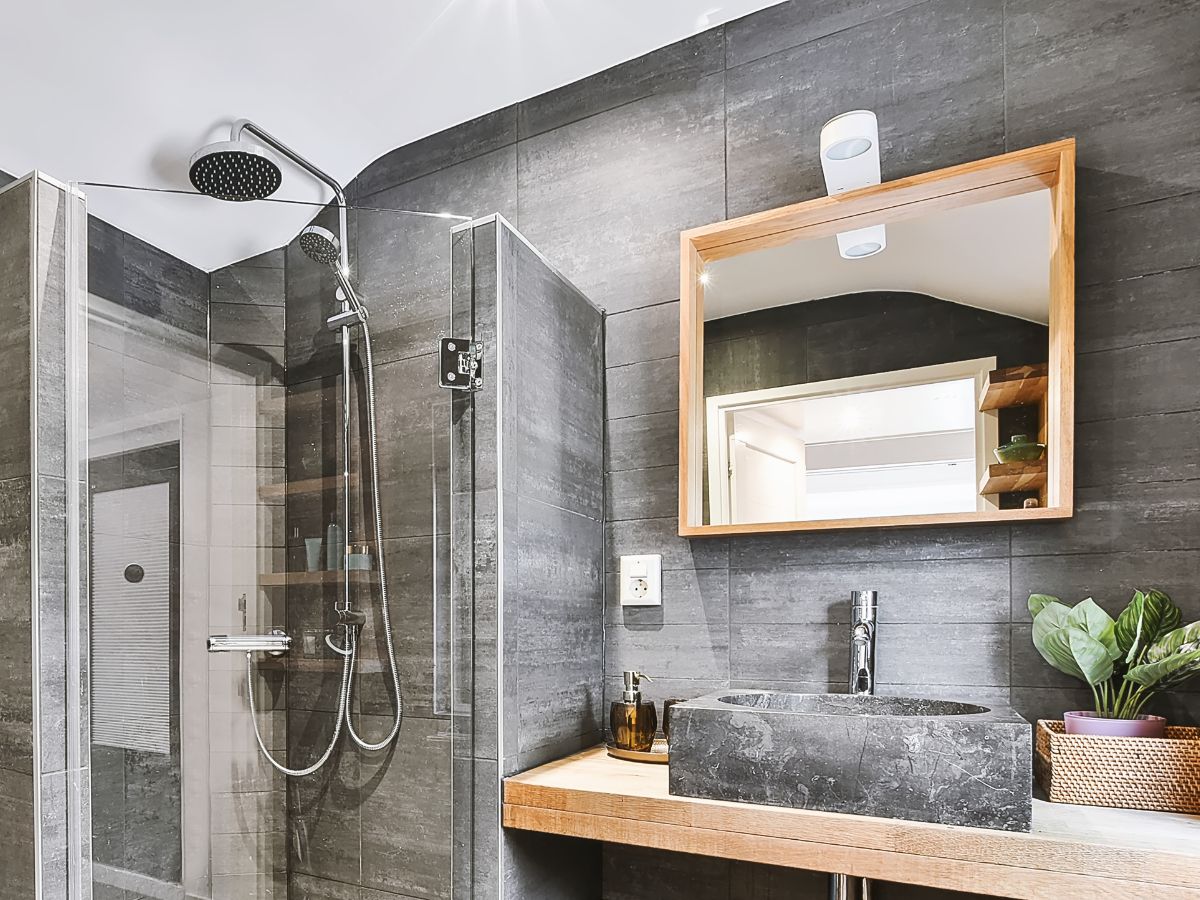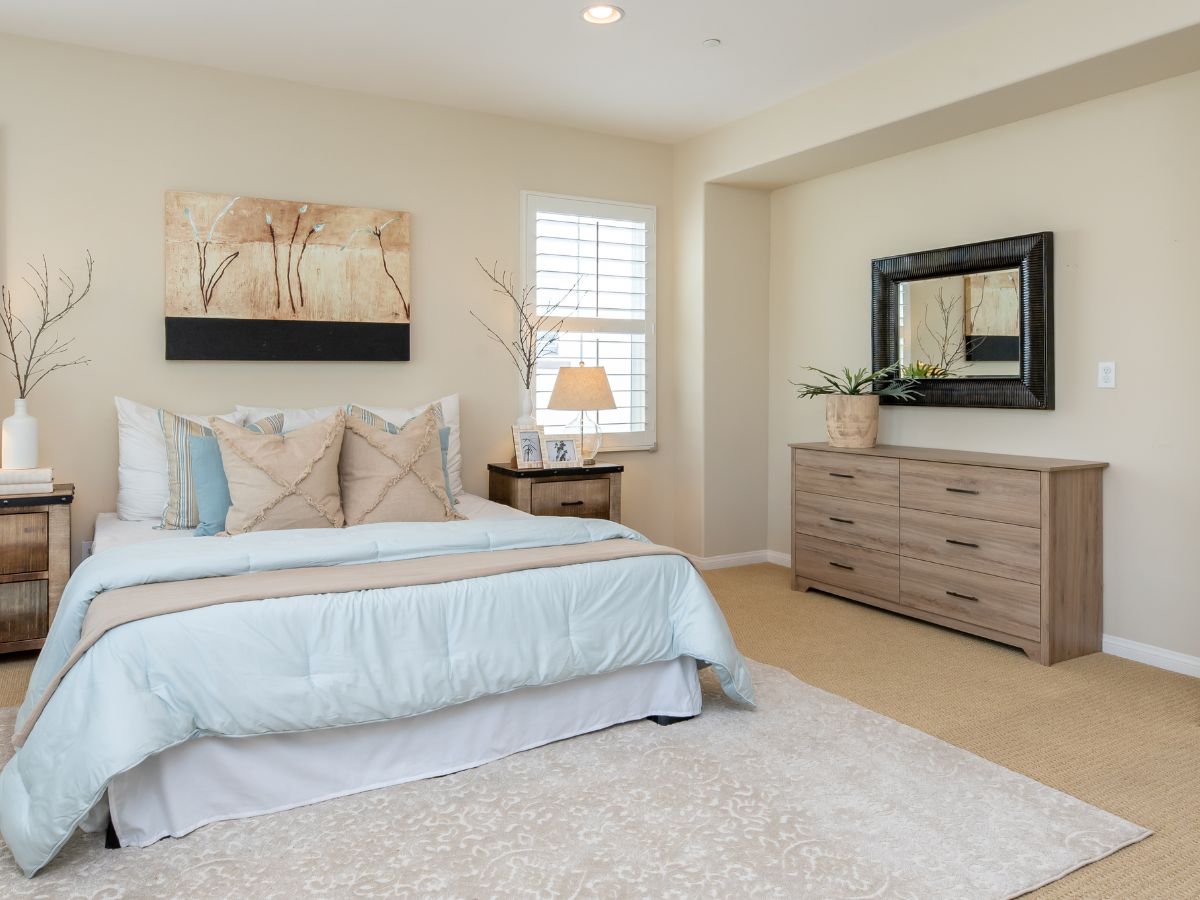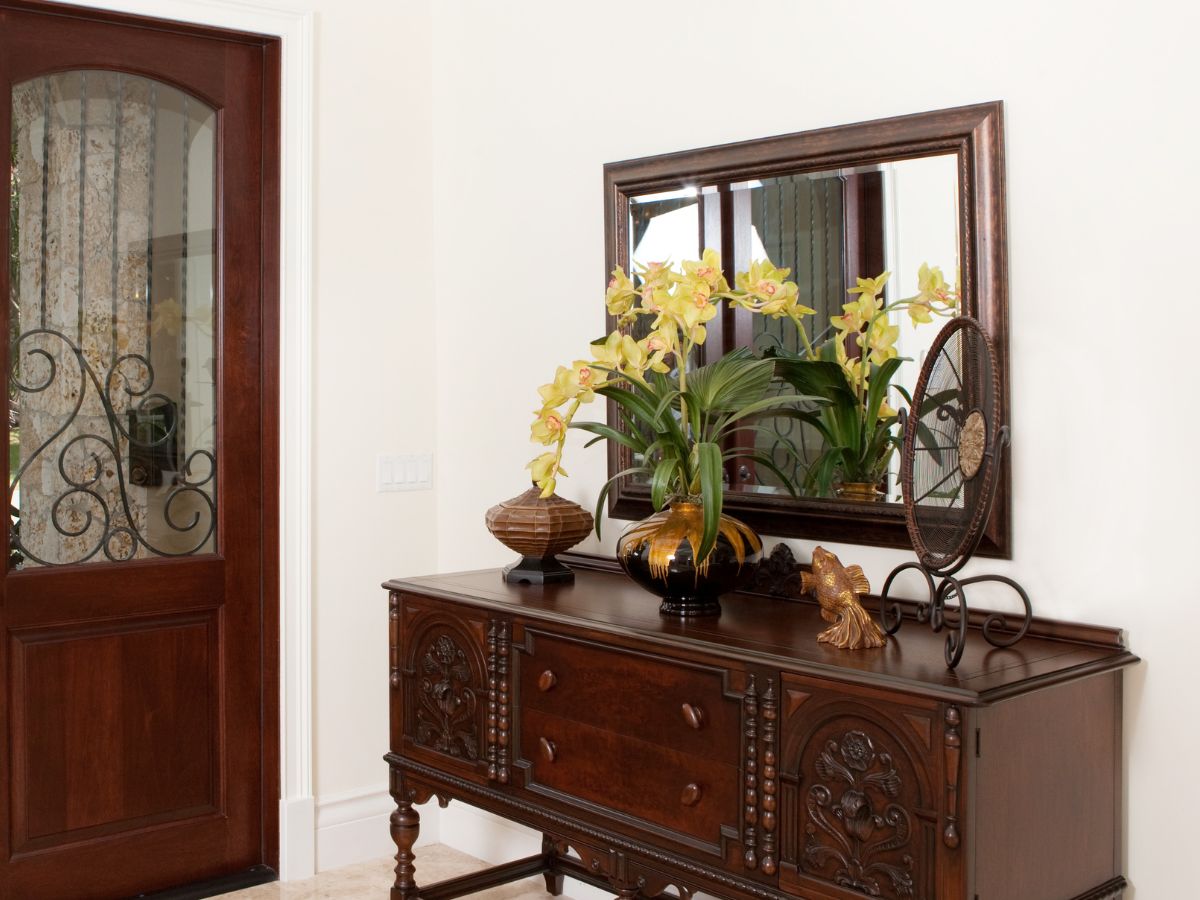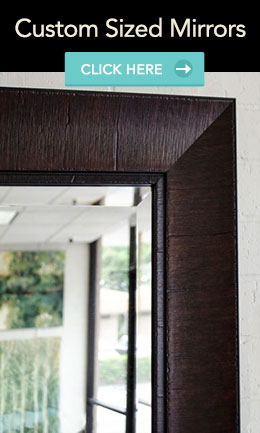
How Big Should a Mirror Be? Finding the Perfect Size for Your Space
Choosing the right mirror size is key to enhancing both functionality and aesthetics in any room. Whether it’s for expanding a small space, adding light, or creating a stylish focal point, mirrors play a significant role in interior design. Here’s how to determine the ideal mirror size for your space.
General Guidelines for Mirror Sizing
1. The purpose of the mirror – Mirrors can either serve as practical tools or as decorative elements. For example, if you want a mirror to act as a focal point, it should be slightly larger than what you initially imagine. A mirror that spans 55-75% of the wall space can make a bold statement in living rooms or dining areas.
2. For smaller spaces – If your goal is to visually enlarge a smaller room, consider a larger mirror. A custom-framed, rectangular mirror placed horizontally can open up a narrow hallway or brighten up a dimly lit corner. Large mirrors, even in small spaces, offer an illusion of depth and space.
Our custom-framed mirrors are available in various designs and colors so you can bring the perfect mirror to your space.
3. Choosing the right shape and frame – Square and rectangular mirrors are highly versatile and can suit various design styles, from minimalist to ornate. Framed mirrors add a custom touch, with options in styles such as contemporary, traditional, or rustic finishes. These shapes work particularly well in more structured spaces, like entryways or bathrooms.
4. Mirror proportion in relation to furniture – When hanging a mirror above a piece of furniture, such as a console table or sofa, ensure that the mirror is about two-thirds the width of the furniture. This ratio keeps the design balanced and avoids overwhelming the space.
In bedrooms or vanity areas, full-length mirrors are both practical and stylish.
Framed Custom Mirrors for Every Space
Framed custom mirrors offer the flexibility to tailor the size and style to your exact needs. Whether you’re working with a contemporary, rustic, or traditional aesthetic, the right frame can elev.ate the mirror’s impact. Large custom-framed mirrors can be especially useful in places like dining rooms, where they can amplify natural light and reflect the beauty of other décor elements like chandeliers or art pieces.
Interior designers agree that using larger mirrors in smaller rooms makes the space feel more open and inviting. Custom-framed mirrors also allow for creative freedom, giving designers the ability to craft pieces that fit the unique dimensions of a room, adding both functionality and personal flair.
Final Thoughts
The size of a mirror largely depends on its intended function and the room it’s in. For a balanced look, choose mirrors that are proportionate to the furniture and wall space. Don’t shy away from large, custom-framed mirrors in small spaces, as they can dramatically transform the atmosphere. Whether in the bathroom, hallway, or living room, framed rectangular and square mirrors bring versatility and style.


